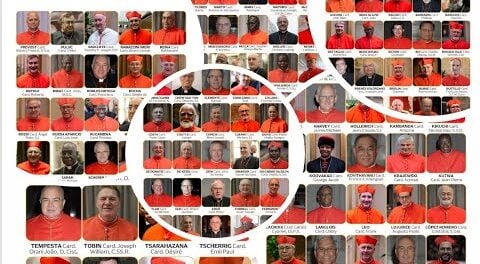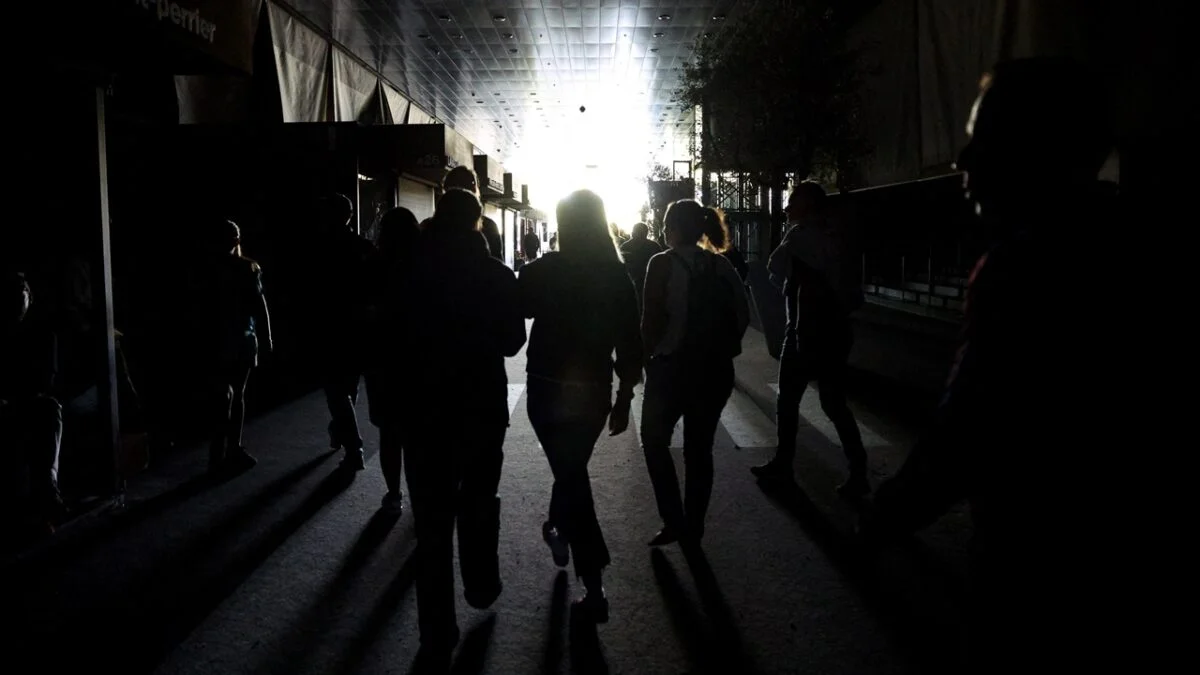The concept of the 7 fallen angels has long captured the imagination of theologians and the public. Once revered for their beauty and wisdom, these powerful celestial beings succumbed to the allure of sin and were cast out of heaven. Their fall from grace is an advisory about the dangers of sin. But what are the 7 fallen angels names and meanings?
Fallen angels are celestial beings who have rebelled against God and fallen from grace. In the Judeo-Christian tradition, fallen angels were created to serve and worship God. However, some rebelled against God out of pride, ambition or a desire for independence.
Their names and roles often symbolise the darker aspects of human nature and the consequences of sin. The most famous fallen angel is Lucifer, who became known as Satan or the devil after his rebellion.
What is the difference between an archangel and a fallen angel?
Archangels are high-ranking angels who serve God and carry out His will. Examples include Michael, Gabriel, Raphael, and Uriel. They are powerful spiritual beings who remain loyal to God.
Fallen angels are angels who rebelled against God and followed Satan in his revolt. They were expelled from heaven and now work against God’s purposes. The most prominent fallen angel is Satan, also known as Lucifer.
7 fallen angels names and meanings
How many fallen angels are there? The Bible does not provide a definitive count of the number of fallen angels. However, the seven commonly known fallen angels are:
| Angel names | Meanings | Deadly sins |
| Lucifer: The Fallen Light-Bearer | Light-bearer | Pride |
| Azazel: The Scapegoat of Sin | Strong one or God strengthens | Envy |
| Belial: The Worthless One | Worthless or wicked | Greed |
| Beelzebub: The Lord of the Flies | Lord of the flies | Gluttony |
| Abaddon: The Angel of Destruction | Destruction or place of destruction | Wrath |
| Asmodeus: The King of Lust | To destroy or the evil spirit of lust | Lust |
| Mammon: The God of Greed | Wealth or riches | Greed |
1. Lucifer: The Fallen Light-Bearer
Lucifer, whose name means “light-bearer” in Latin, is one of the fallen angels in the Bible. He was once the most beautiful and powerful angel. However, his pride and ambition led him to rebel against God, believing he could overthrow the divine order and rule heaven himself.
In Christian tradition, Lucifer’s fall from grace is seen as the origin of Satan, the ultimate embodiment of evil. His rebellion symbolises the danger of unchecked ego and the consequences of prioritising self-interest over divine purpose.
What is Lucifer’s real name? Lucifer, one of the original names before his fall from grace, is a matter of debate among scholars and theologians.
2. Azazel: The Scapegoat of Sin
Azazel, whose name means “strong one” or “God strengthens,” is associated with the ritual of Yom Kippur in Jewish tradition. On this holy day, a goat was chosen to symbolically bear the people’s sins and sent into the wilderness, carrying away the community’s impurities.
In some apocryphal texts, Azazel is depicted as a fallen angel who taught humans the art of metalworking and cosmetics, corrupting them with vanity and materialism. His deadly sin is envy, as he sought to undermine God’s creation through temptation and deception.
3. Belial: The Worthless One
Belial, meaning ‘worthless’ or ‘wicked,’ is often associated with lawlessness, rebellion, and the corruption of justice. In some traditions, he is seen as the personification of evil, leading humans astray with promises of power and pleasure.
Belial’s deadly sin is greed, as he tempts people to abandon their moral principles to pursue wealth, status, and worldly success. His influence is believed to erode the foundations of society, leading to the breakdown of order and the triumph of chaos.
4. Beelzebub: The Lord of the Flies
Beelzebub, whose name means “Lord of the Flies” in Hebrew, is often depicted as a demon or prince of demons in Christian and Islamic traditions. His association with flies symbolises the decay, filth, and distortion of the good he represents.
Beelzebub’s deadly sin is gluttony, as he embodies the insatiable appetite for indulgence and excess. He tempts people to overindulge in sensual pleasures, leading to physical and spiritual degradation. His influence is seen in the obsession with material wealth, the worship of false idols, and the neglect of spiritual nourishment.
5. Abaddon: The Angel of Destruction
In the Book of Revelation, Abaddon, whose name means “destruction” or “place of destruction” in Hebrew, is associated with the abyss or bottomless pit. He is often depicted as an angel of death or a demon of the underworld.
Abaddon’s deadly sin is wrath, as he represents the destructive power of unchecked anger and vengeance. He tempts people to lash out in rage, leading to violence, retribution, and the breakdown of relationships. His influence is seen in the cycle of hatred, the desire for revenge, and the inability to forgive.
6. Asmodeus: The King of Lust
Asmodeus, whose name means “to destroy” or “the evil spirit of lust” in Hebrew, is often associated with sexual temptation and the corruption of marriage. In the Book of Tobit, he is depicted as a demon who kills a woman’s husbands on their wedding night.
Asmodeus’s deadly sin is lust, as he embodies the uncontrolled desire for physical gratification. He tempts people to prioritise their sexual urges over emotional intimacy, commitment, and respect. His influence is seen in the objectification of others, the breakdown of healthy relationships, and the neglect of spiritual growth.
7. Mammon: The God of Greed
Mammon, whose name means ‘wealth’ or ‘riches’ in Aramaic, is often personified as a demon or fallen angel associated with the love of money and material possessions. In the Gospel of Matthew, Jesus warns that “you cannot serve both God and Mammon”.
Mammon’s deadly sin is Greed, as he embodies the insatiable desire for wealth and the power it brings. He tempts people to prioritise material gain over spiritual well-being, neglecting compassion, generosity, and justice. His influence is seen in the exploitation of others, the hoarding of resources, and the worship of false idols.
What are the 7 angels in the Bible?
The Bible has seven archangels. They are:
- Michael- The warrior angel and protector of Israel, mentioned in the Book of Daniel and Book of Revelation.
- Gabriel- The messenger angel who delivered divine announcements, such as to the Mother of God, mentioned in the Book of Daniel and Gospel of Luke.
- Raphael- The healing angel who helped Tobit and Sarah, mentioned in the Book of Tobit.
- Uriel- The angel of wisdom and revelation, mentioned in 2 Esdras.
- Chamuel (or Camael) – The angel of love, peace, and strength.
- Jophiel- The angel of wisdom and illumination.
- Zadkiel- The angel of freedom, mercy and benevolence.
While Michael and Gabriel are the only two explicitly named archangels in the canonical Bible, the other five are mentioned in various apocryphal and pseudepigraphical texts from the intertestamental period. The tradition of seven archangels is most prominent in Judaism and Christianity.
Are all demons fallen angels?
Not all demons are fallen angels. While demons and fallen angels are related, they are not the same. Fallen angels are angels who rebelled against God and followed Satan in his revolt against Heaven. They are spiritual beings who sinned and fell from their original perfection.
Demons are evil spirits that do the bidding of Satan and his fallen angels. They are not necessarily the same as the fallen angels themselves.






Leave a Reply